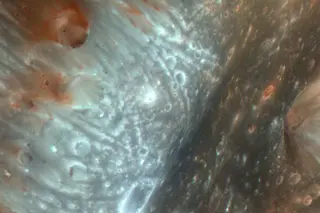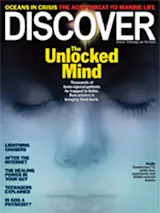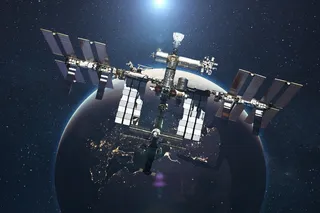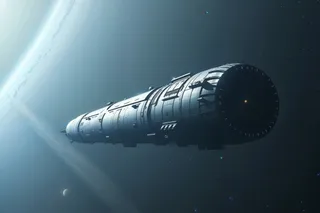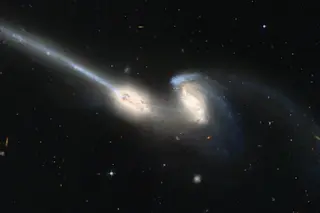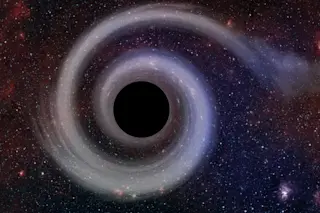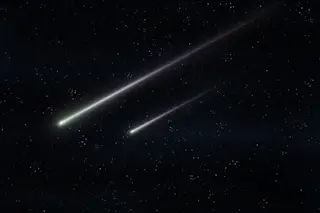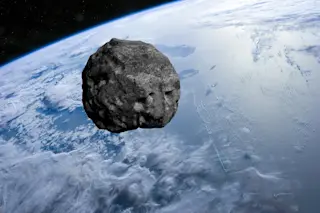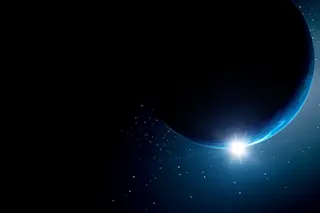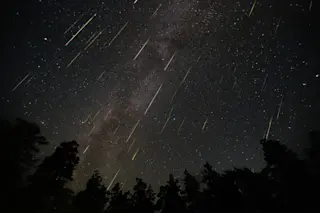With NASA’s plans for a new round of manned moon landings in 2020 scuttled last year, the agency and its industry partners are considering a more ambitious plan: sending humans to an asteroid.
Such a mission could stretch to tens of millions of miles. The moon, by comparison, is less than a quarter of a million miles from Earth. By boosting our understanding of long-distance human spaceflight, an asteroid trip would provide a valuable warm-up for a crewed visit to the Red Planet. “One of the greatest reasons to go to an asteroid is to test the systems that could take people to Mars,” says John Baker, systems engineer with NASA’s Jet Propulsion Laboratory. Either standard rocket fuel or efficient solar-electric propulsion could power the craft to a space rock and back, Baker says. Engineer Josh Hopkins of Lockheed Martin, who recently participated in a Washington, D.C., conference devoted to asteroid exploration, agrees that the project would provide “good practice and a learning experience for Mars.”
Hopkins is a lead researcher with the Orion crew capsule, a potential craft for the asteroid mission. He says that hardware improvements since the Apollo era, such as beefed-up radiation protection and solar arrays for renewable power, are well suited to the longer-duration journey required to reach an asteroid.
The expedition would also provide an opportunity to collect samples from the rock’s core for analysis. Understanding asteroid composition could eventually help in devising a way to deflect one on a potential collision course with Earth, Hopkins says. Core samples could also provide insight into the solar system’s birth, since many asteroids were formed during our star’s infancy some 4.55 billion years ago.
No target asteroid has been selected yet, but researchers are investigating a handful of potential destinations that will come within reach over the next 10 to 20 years.


